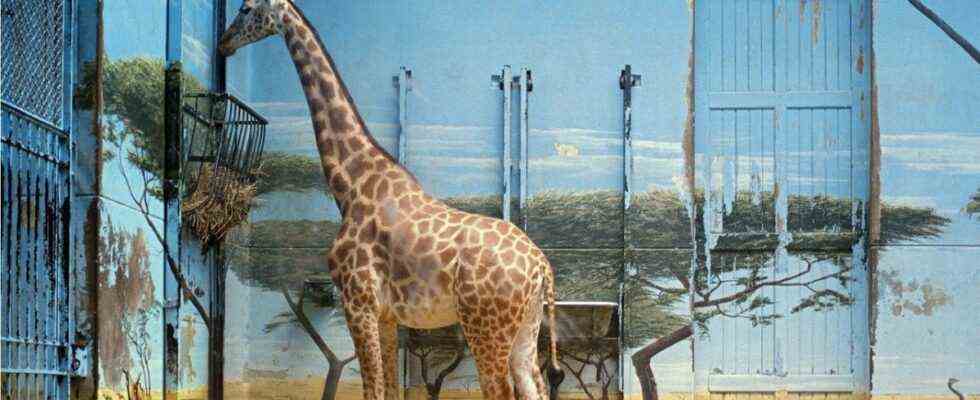Darwin’s evolutionary idea that only the fittest will survive has only one criterion in the near future, at least in the animal kingdom. It is not the strongest muscles, the sharpest teeth or the fastest movements that will decide whether a species will be spared the mess of the world by humans, but only whether it is cute. As a result, bees and blue bass do not have such a good chance, cats and koalas do. Ingratiating on the human urge to cuddle will probably be the only means for animals in the future that protects them from extinction, or at least from ending up as a supermarket product after ten percent of their natural lifespan in nets, gates or cages. And not by suicide.
This Darwinism also applies to the cultural sphere to a certain extent. If an actually very moral large art exhibition on the relationship between humans and animals like “We are animals” in the Kunsthal Rotterdam wants to survive its theme, then it too has to be one thing above all: cute. Because does the whole family want to see slaughterhouse pictures, chick shredders, Japanese dolphin massacres or insect deaths in the halls of the large exhibition hall, provocatively adapted for shocking works of art? D rather not. When visiting a museum, you don’t want to make your little children aware that fish fingers once had eyes and that featherless birds full of skin ulcers were killed for the chicken curry. And as an adult, that only spoils your cultural experience. That is why this prominent overview show on animals in art, which was conceived in 2020 for the Arken Museum in Denmark and can now be seen in Rotterdam, is only honest in writing.
For a critical examination of the end of the animal world, “We are animals” is as helpful as a petting zoo
There are enlightening texts on the walls about the paradoxical relationship that humans have with mice, pigs and wolves, with the zoo as the last habitat for many wild animals, or about the pessimistic perspective that ultimately affects humans with the destruction of animal habitats, thus the most harrowing illustration of such critical objections is a stuffed cat holding up a sign saying “I am dead” (by David Shrigley). Paul McCarthy greets the many spectators at the beginning of the show with a machine-moved pig in marzipan pink that can smile. Maurizio Cattelan lets a white rabbit dangle from the ceiling by its long ears as a swing. And Martin Eder’s super-kitschy portraits of cute kittens almost touch the limit where cute becomes caustic.
But only almost, because as with all works of art in this gathering of zoological peculiarities, the reaction of the public is decisive. And that is controlled by the same cuteness reflexes in front of Eder’s brightly colored roll-eye dessert as at all other appearances on this show. Whether it’s Mark Dion’s “Mobile Wilderness Unit”, which consists of a car trailer with a stuffed wolf, or a fawn with a bandaged head by Pascal Bernier: The selection of perspectives on the humanized animal that was taken here leaves everything aside could make affirmative rapprochement difficult. Even the ugly hyena on wooden beams by Bharti Kher or the tangled pile of metal by Tim Noble and Sue Webster, which throws a rat shadow on the wall, are ironic and child-friendly.
For a critical examination of the demise of the animal world through human culture, “We are animals” is – despite a different announcement – as helpful as a petting zoo. What is cute will survive, if necessary through the artists. However, this exhibition is not suitable for problematizing the fatal balance of the global food industry for animal welfare and biodiversity, or to shed new light on the scientific connections between all the “overs” in fishing, fertilizing, slaughtering or other destructions with the cleverness of the artists. But it is as popular with visitors as cheap meat. A delicious art dish, seasoned with a little guilty conscience. Enjoy the meal.
We are animals. Kunsthal Rotterdam. Until October 24, 2021. Catalog: Animals in Art, Arken Press, 95 pages, 19.95 euros

